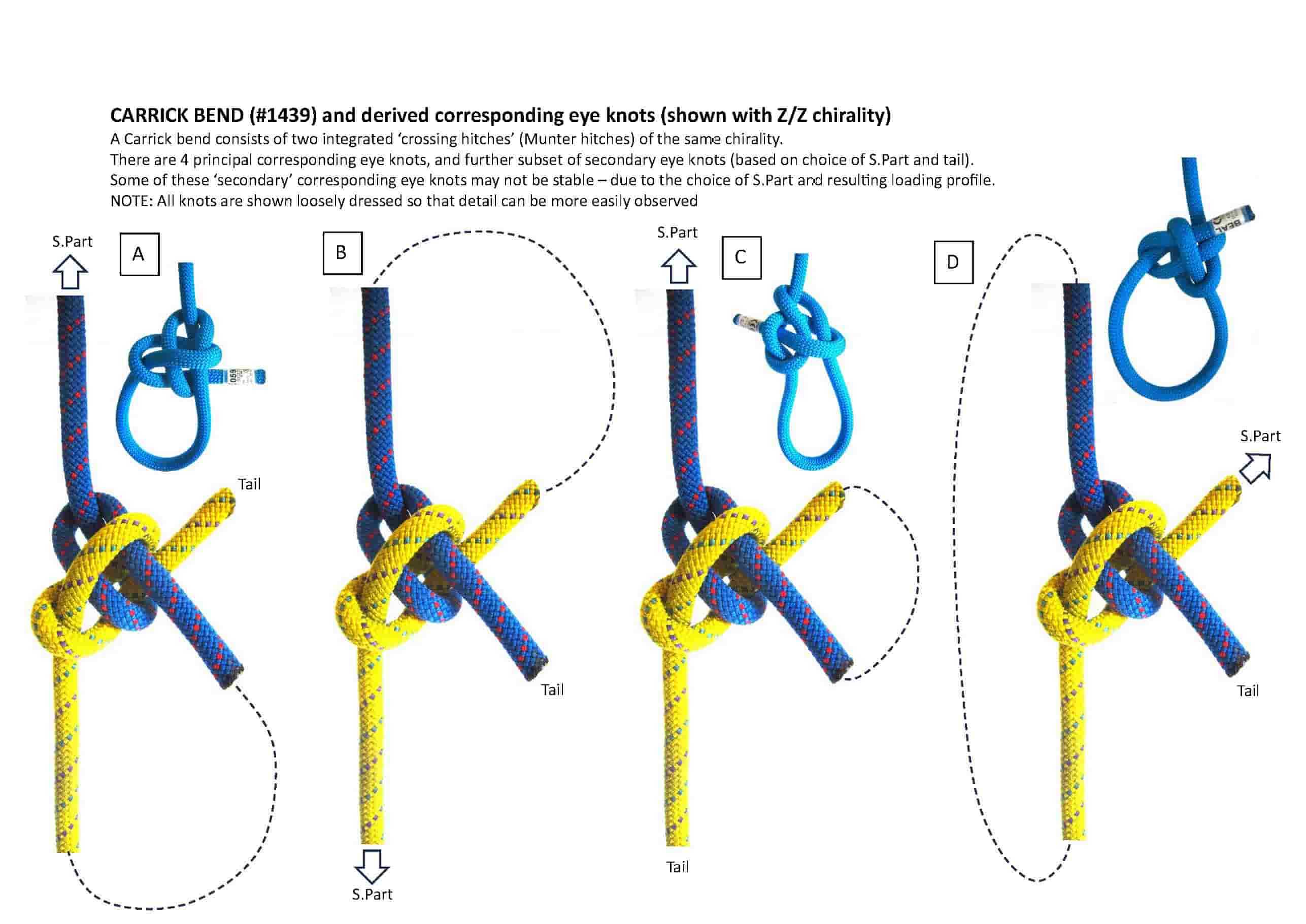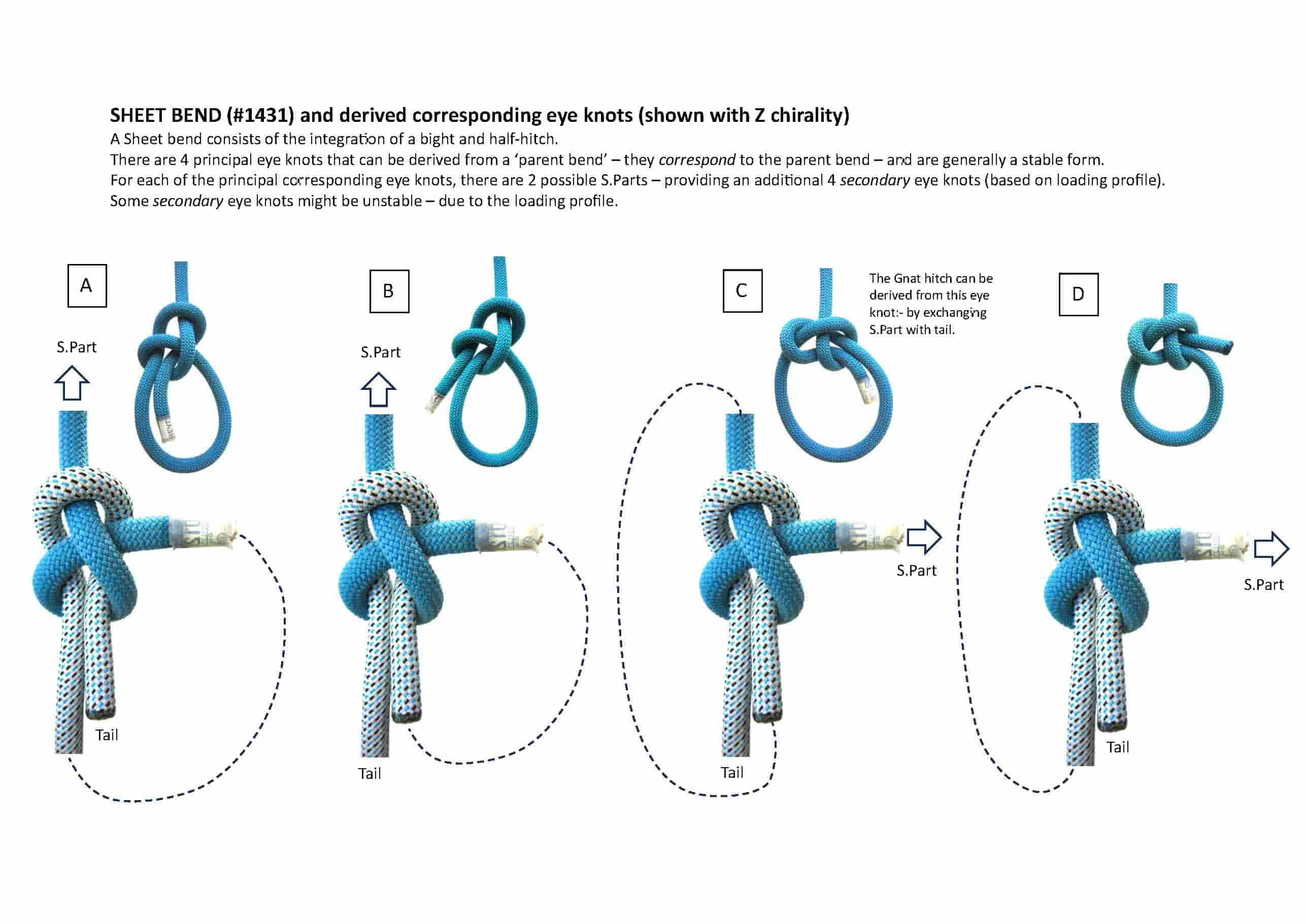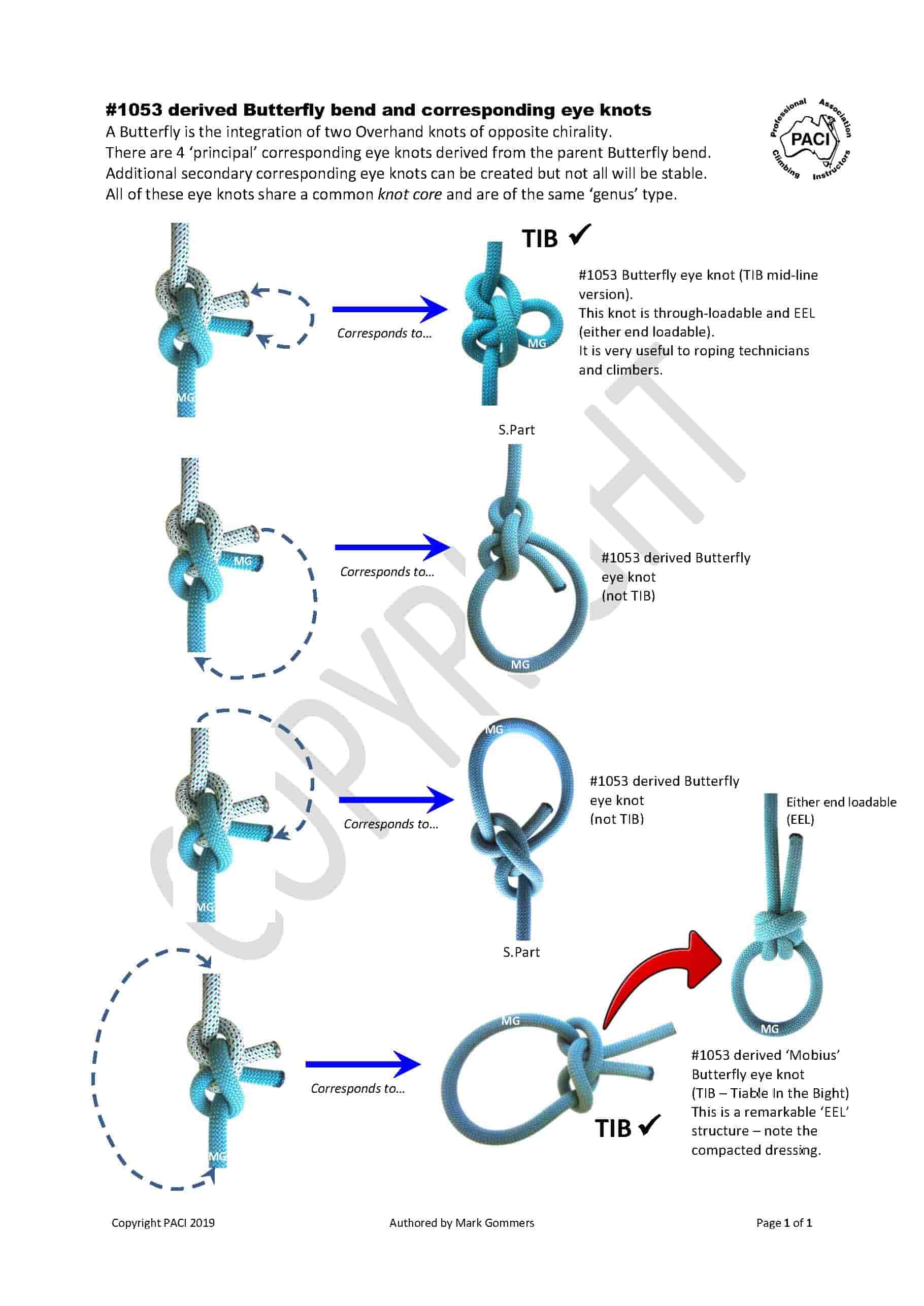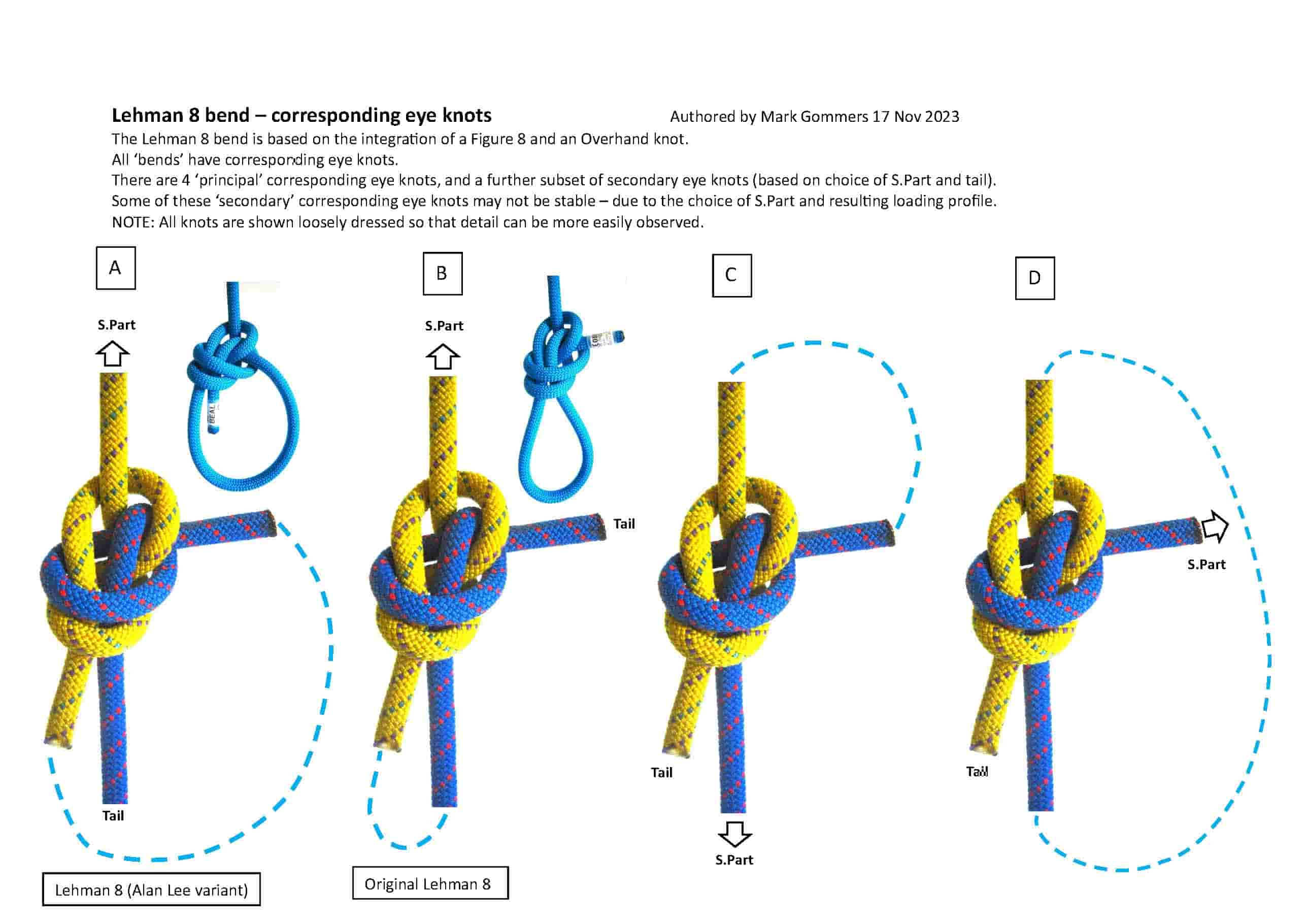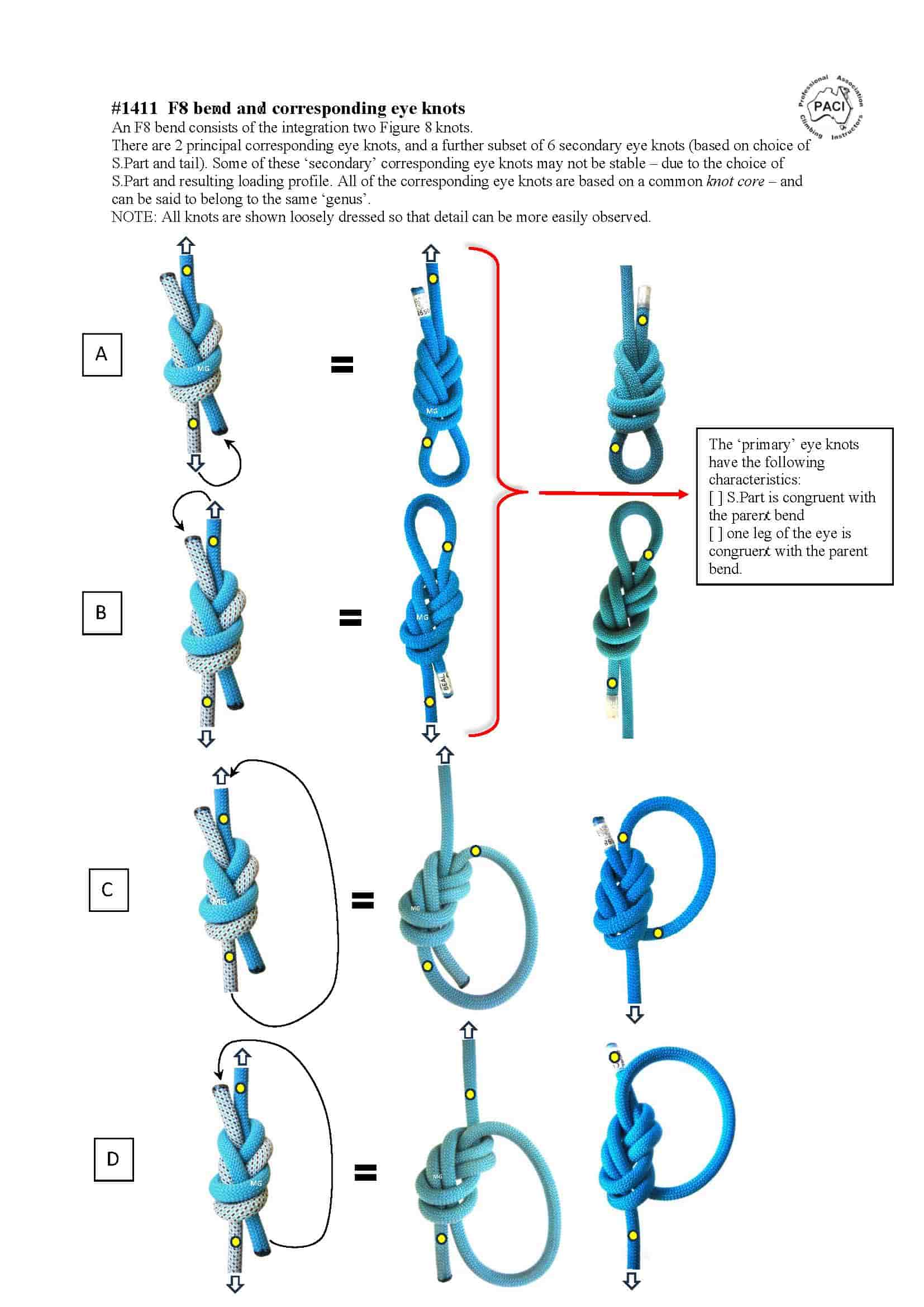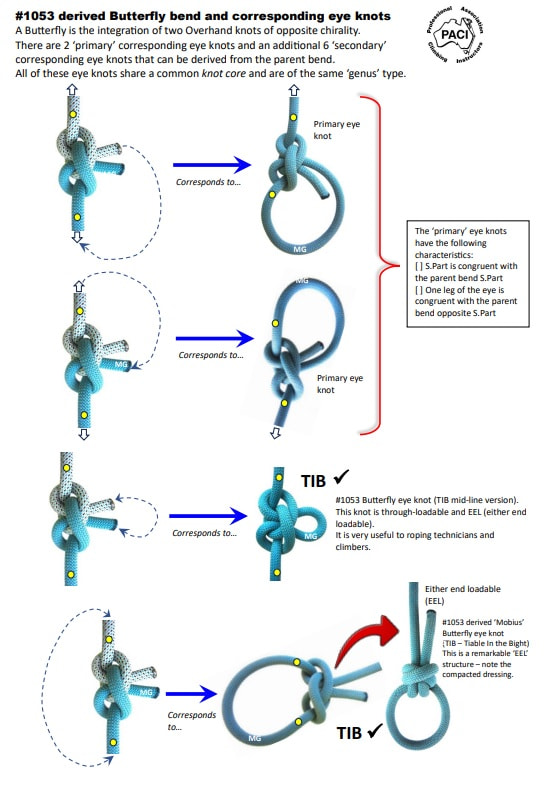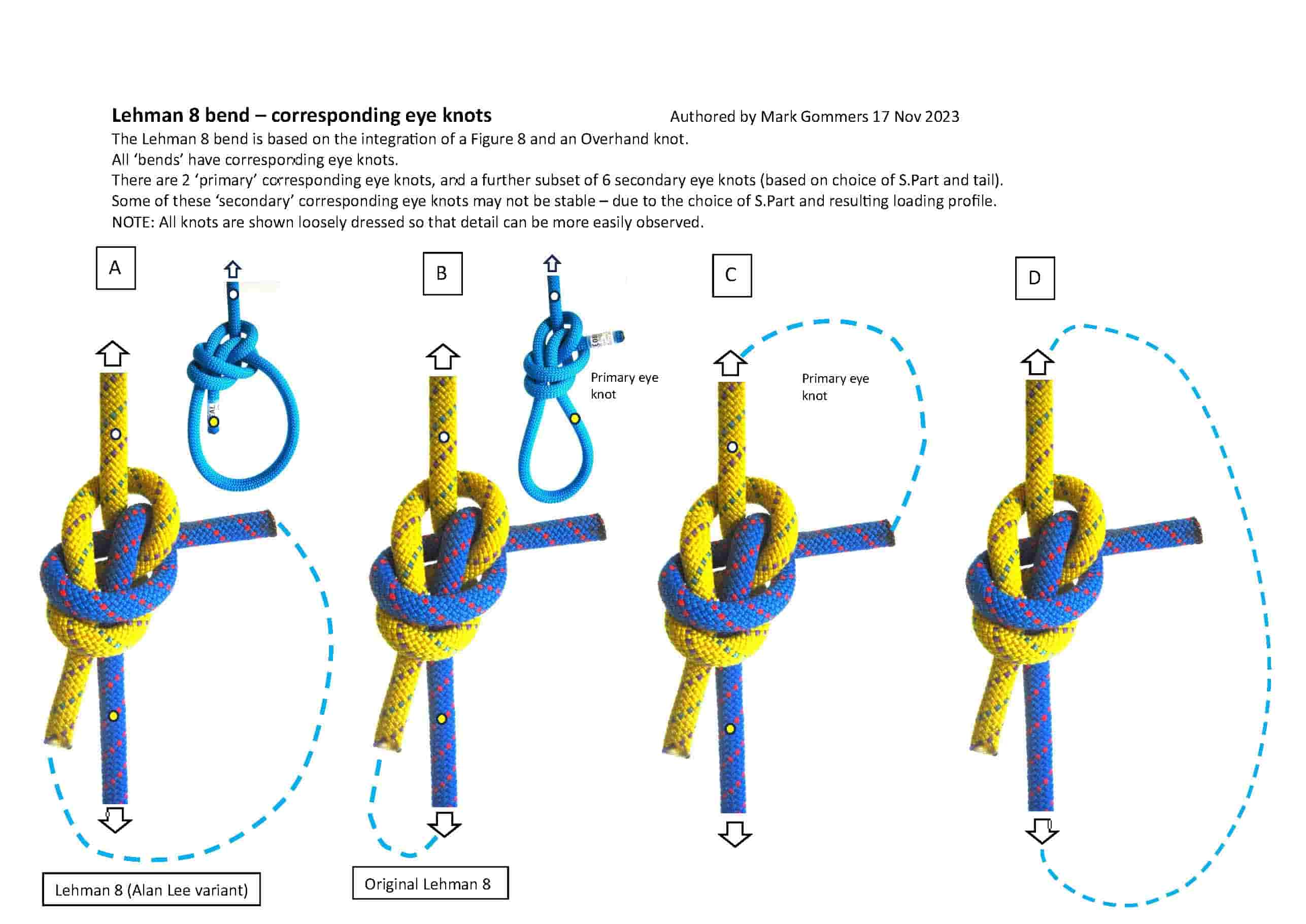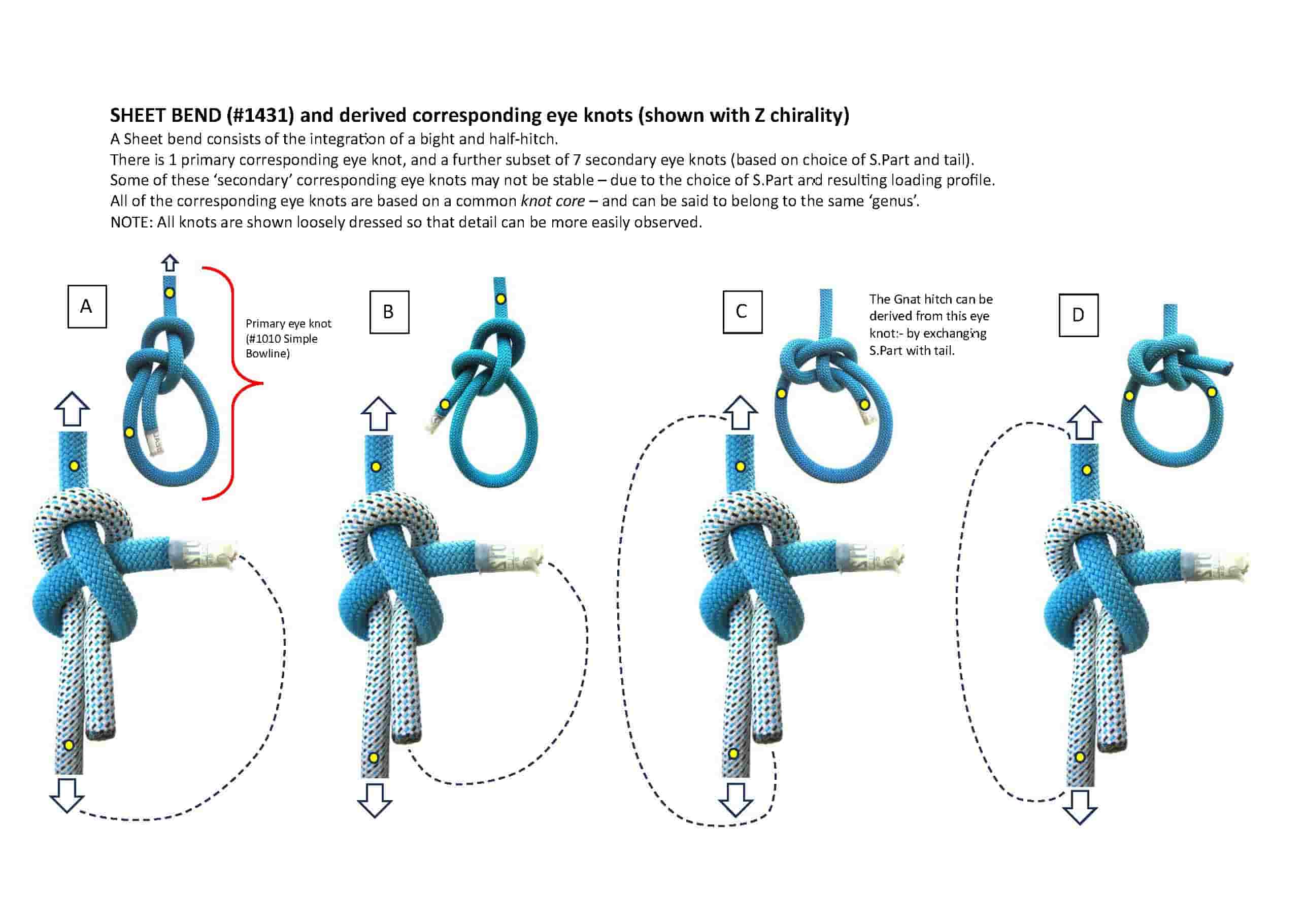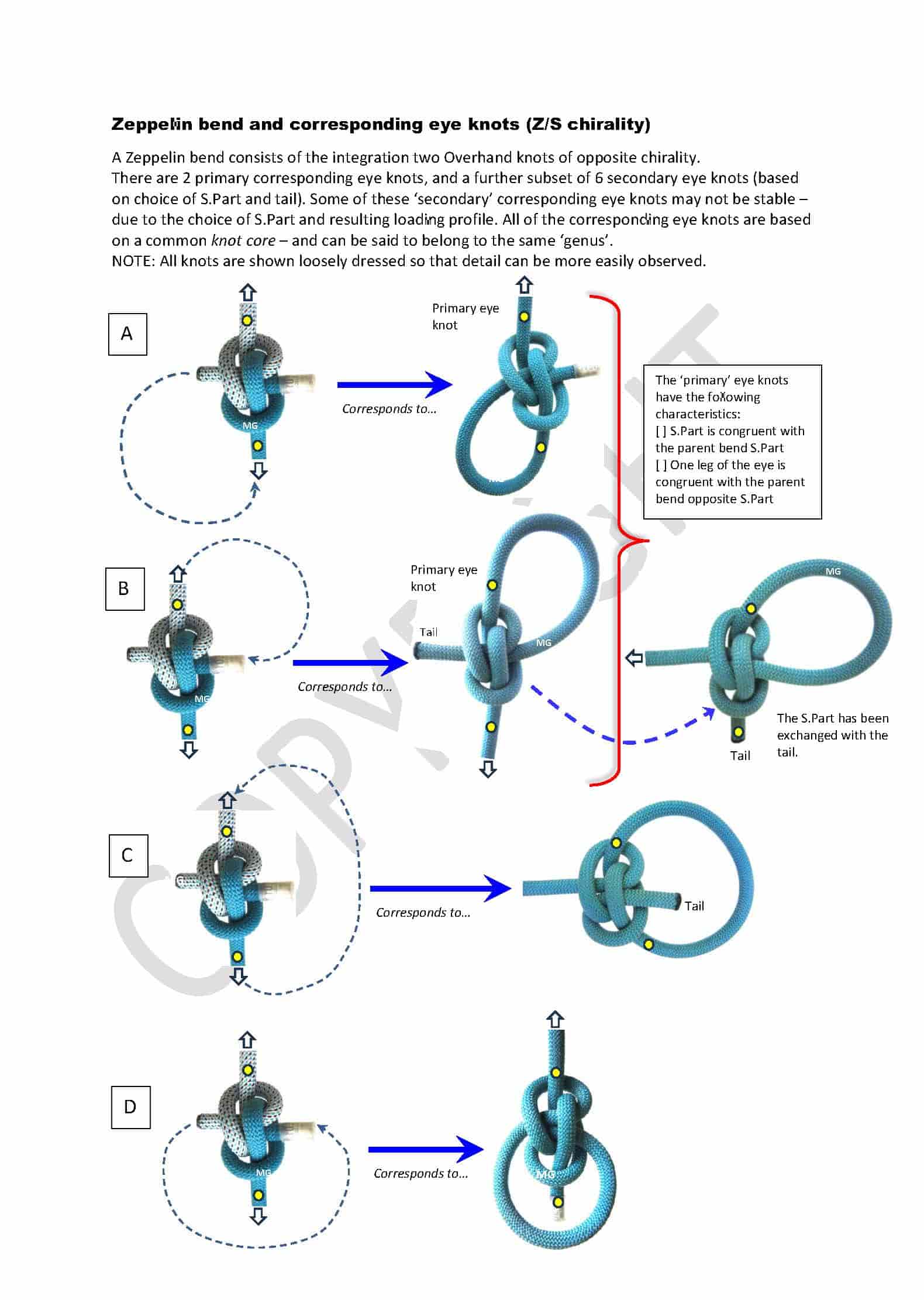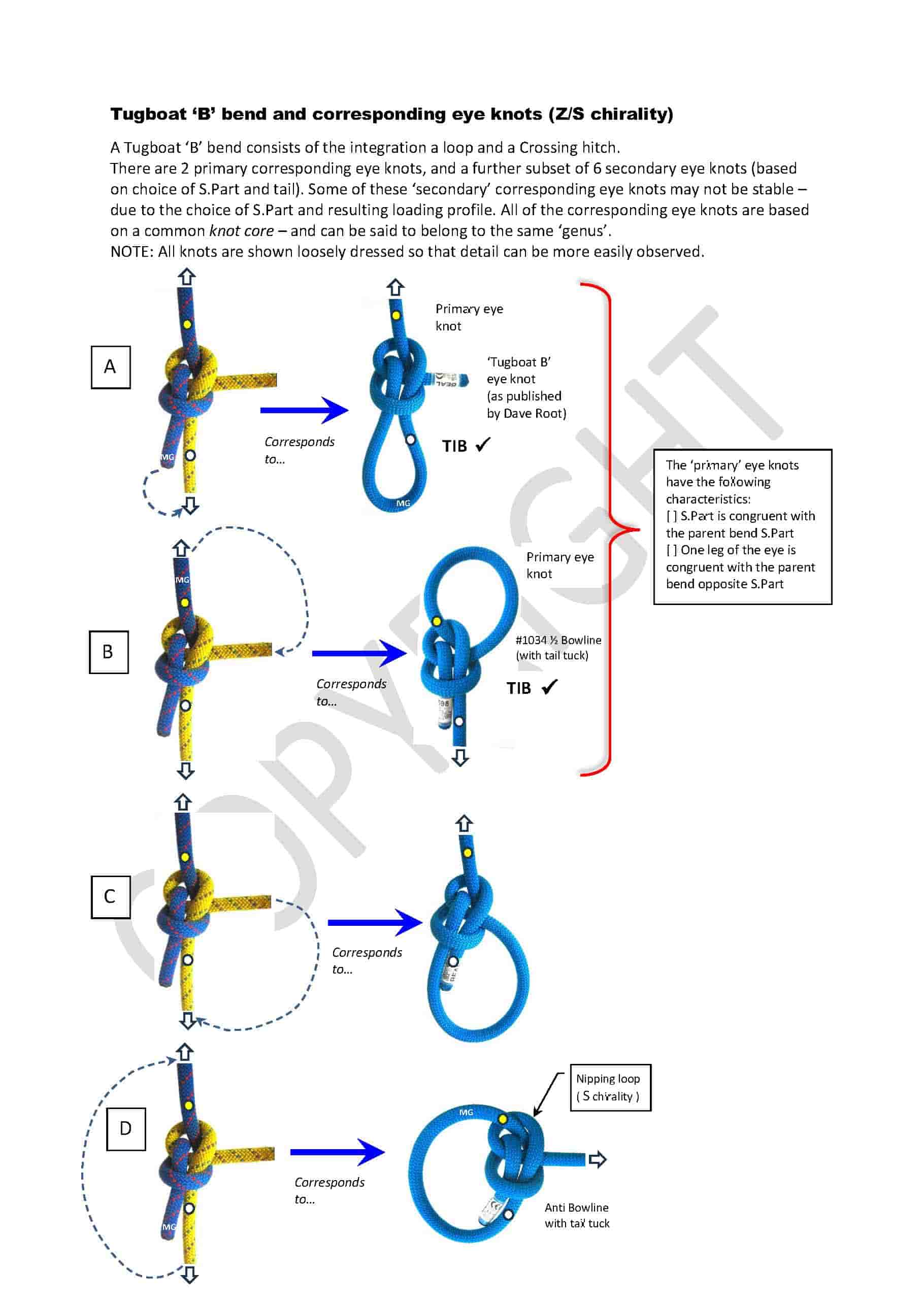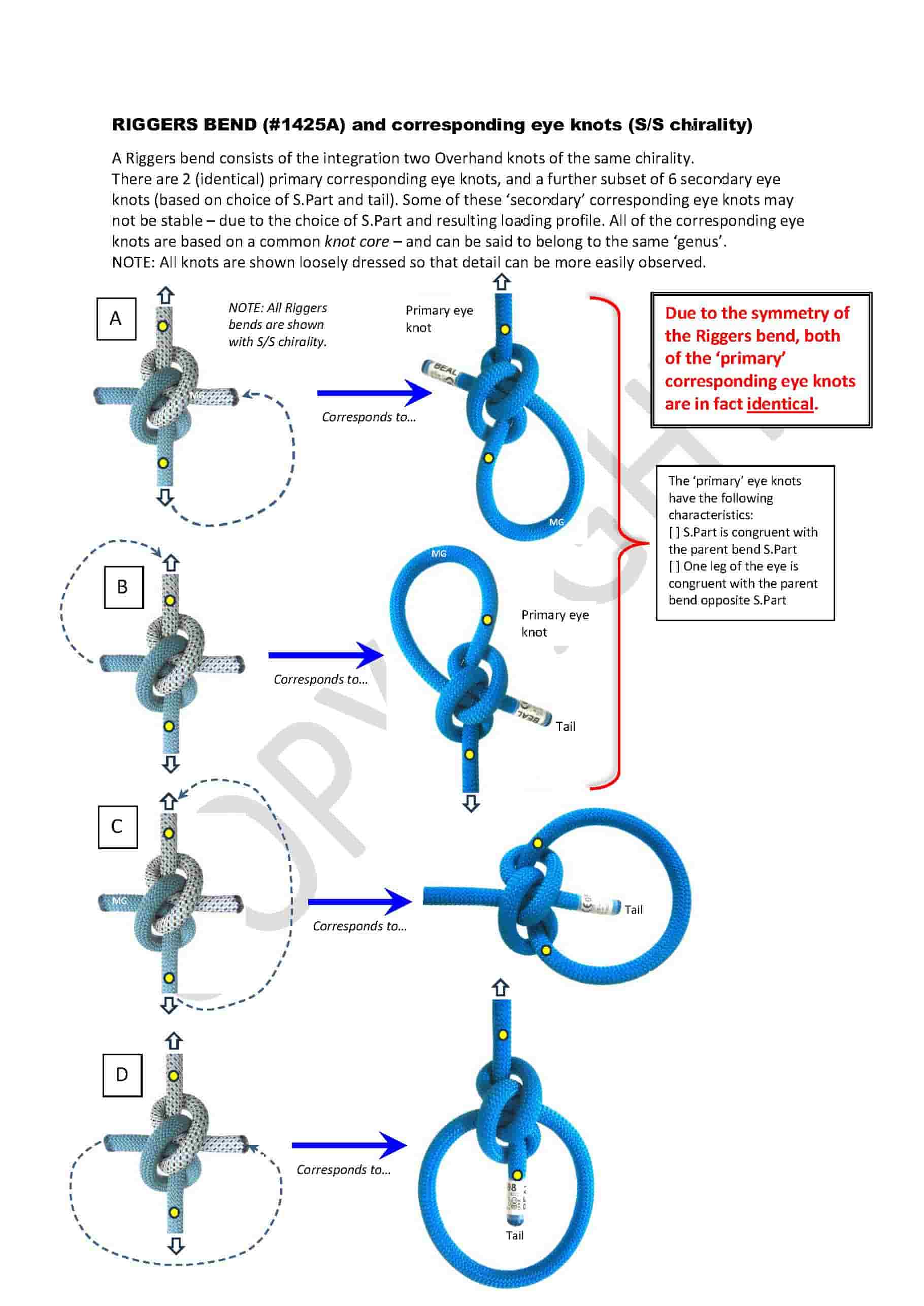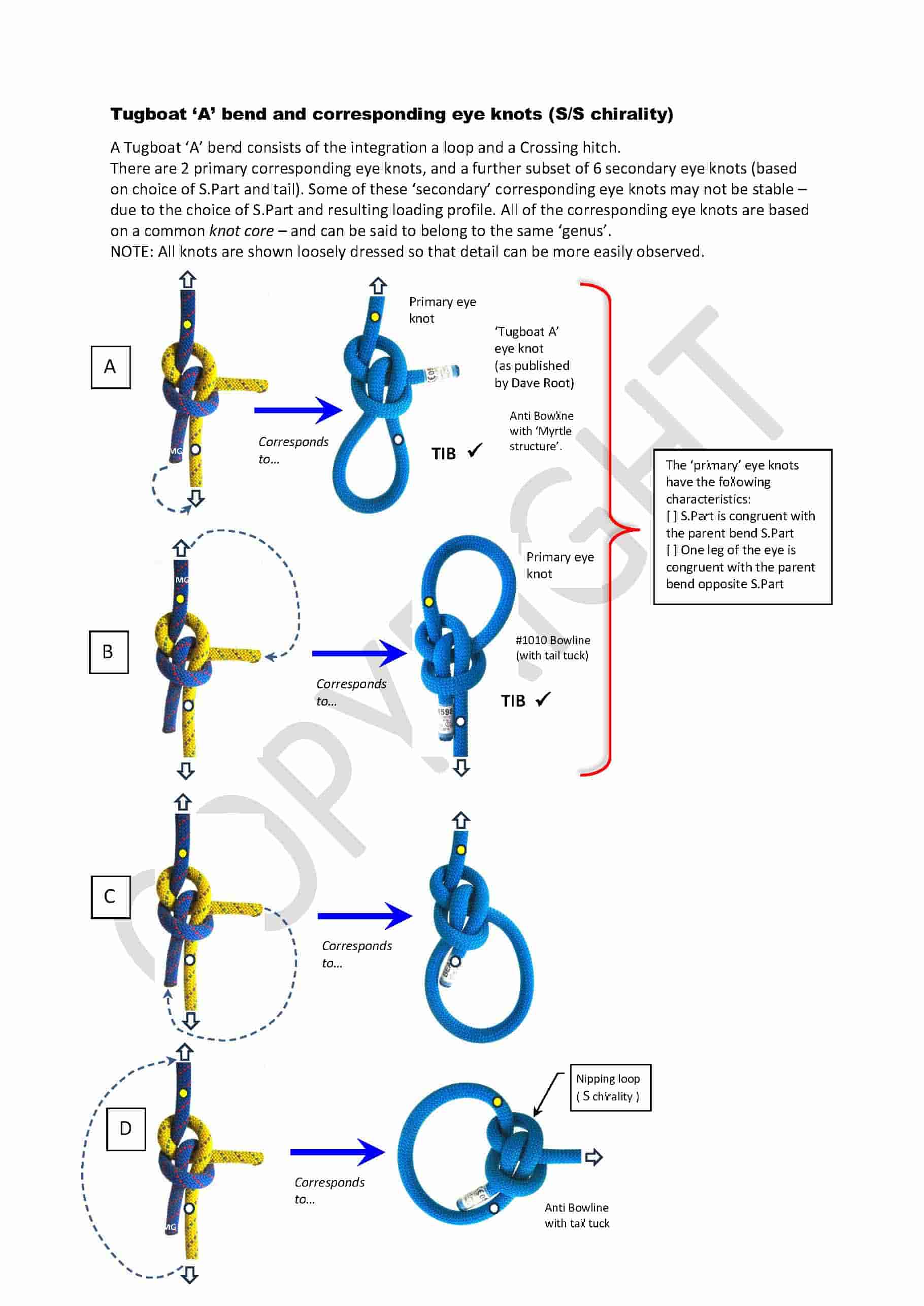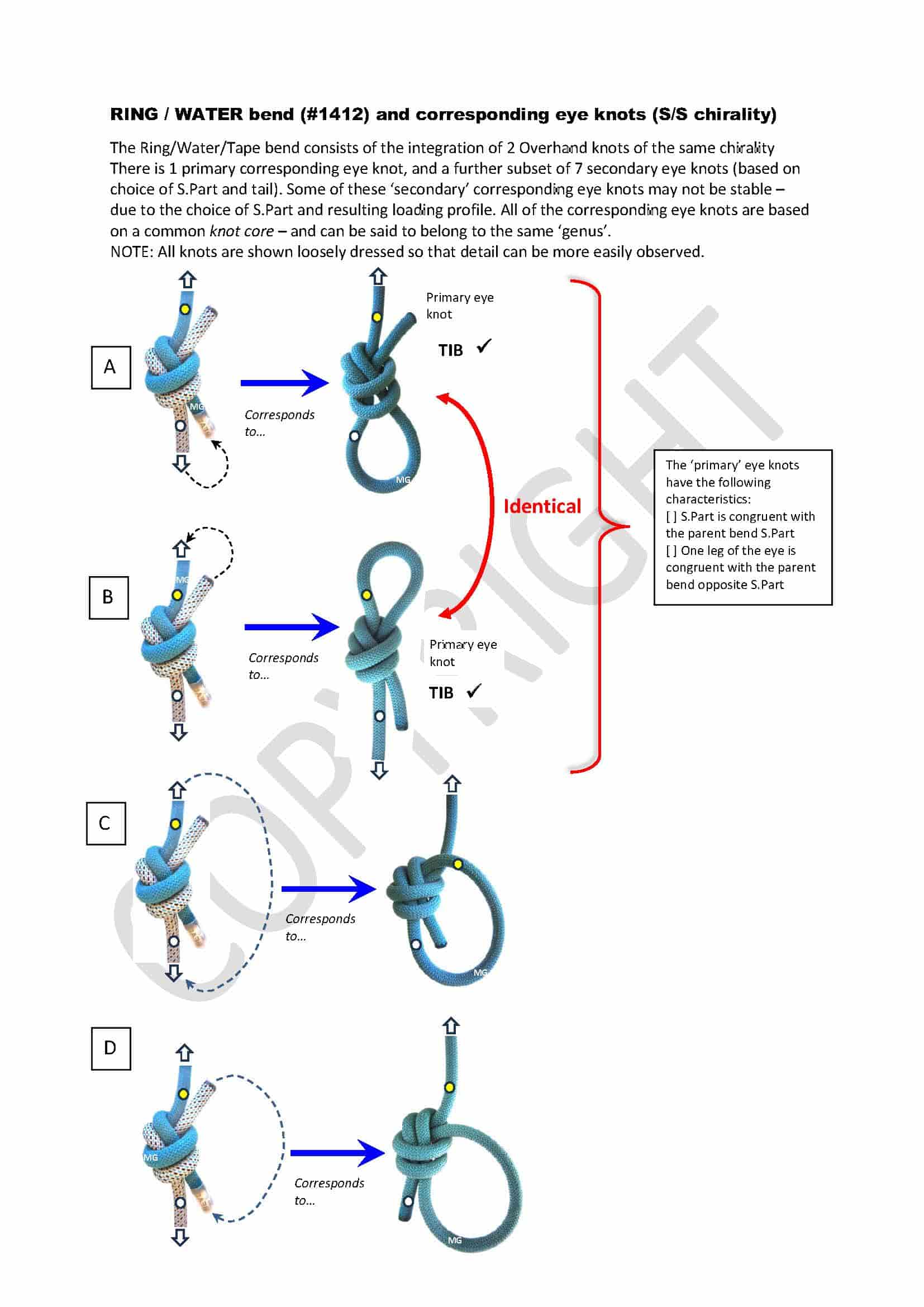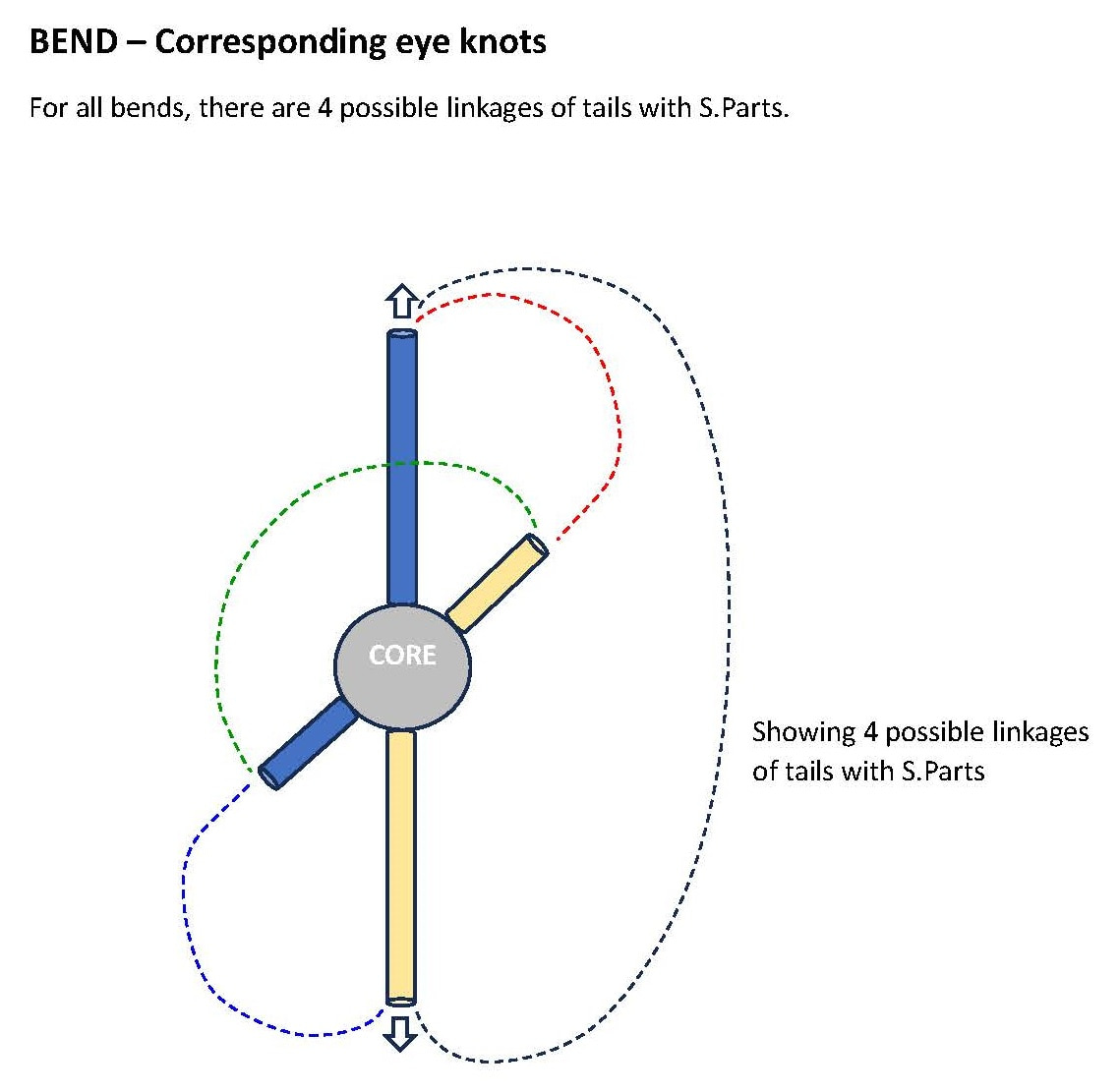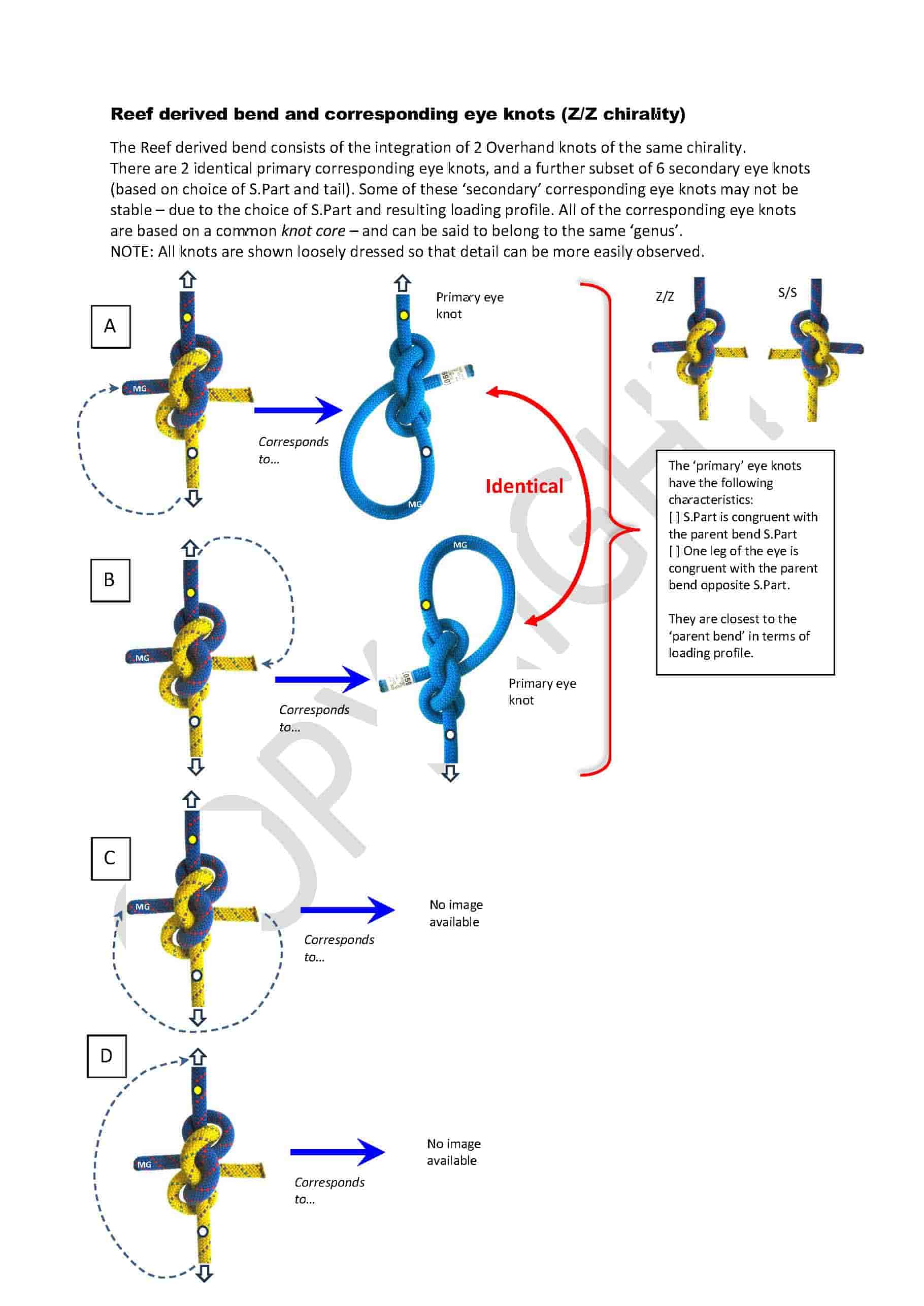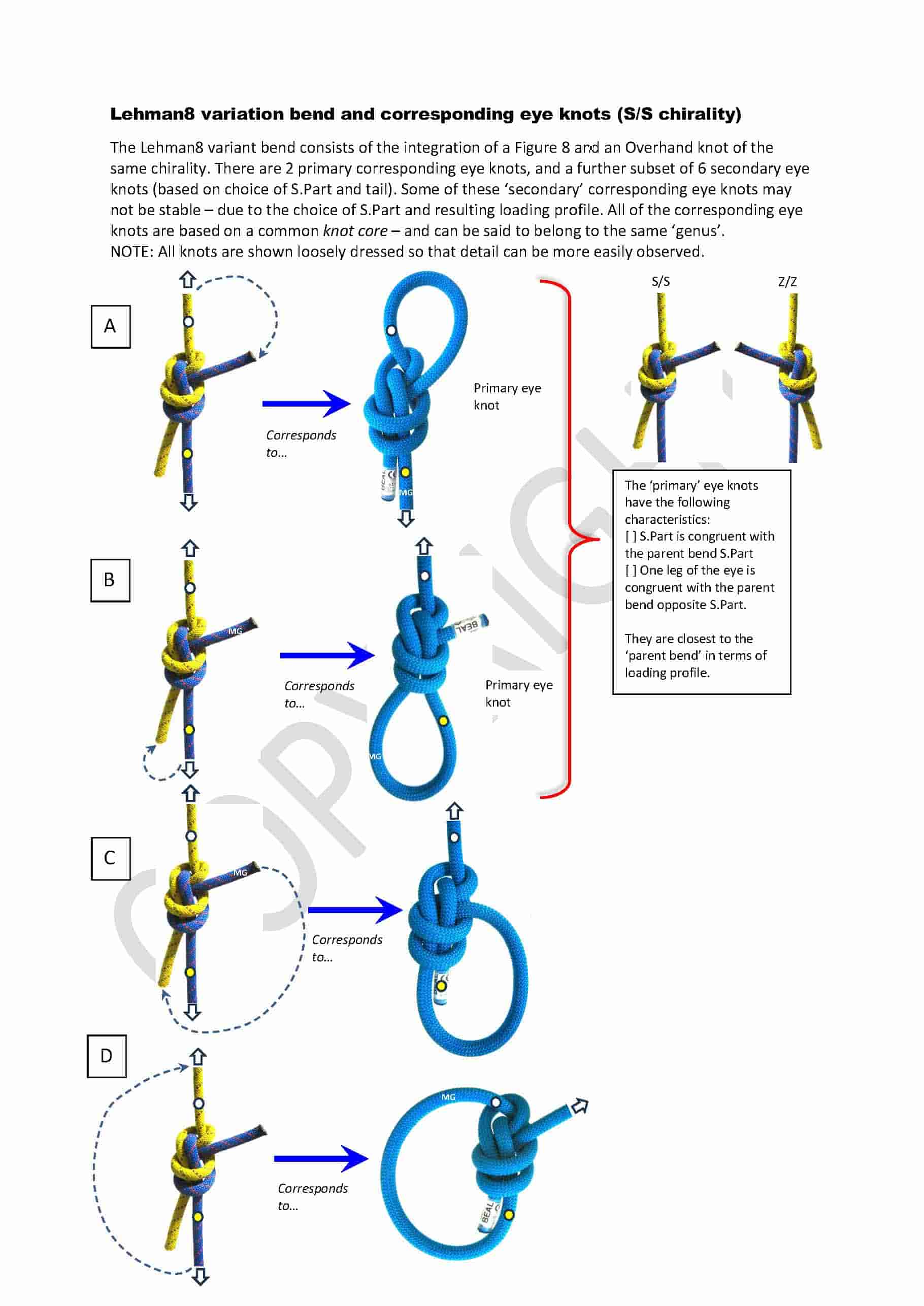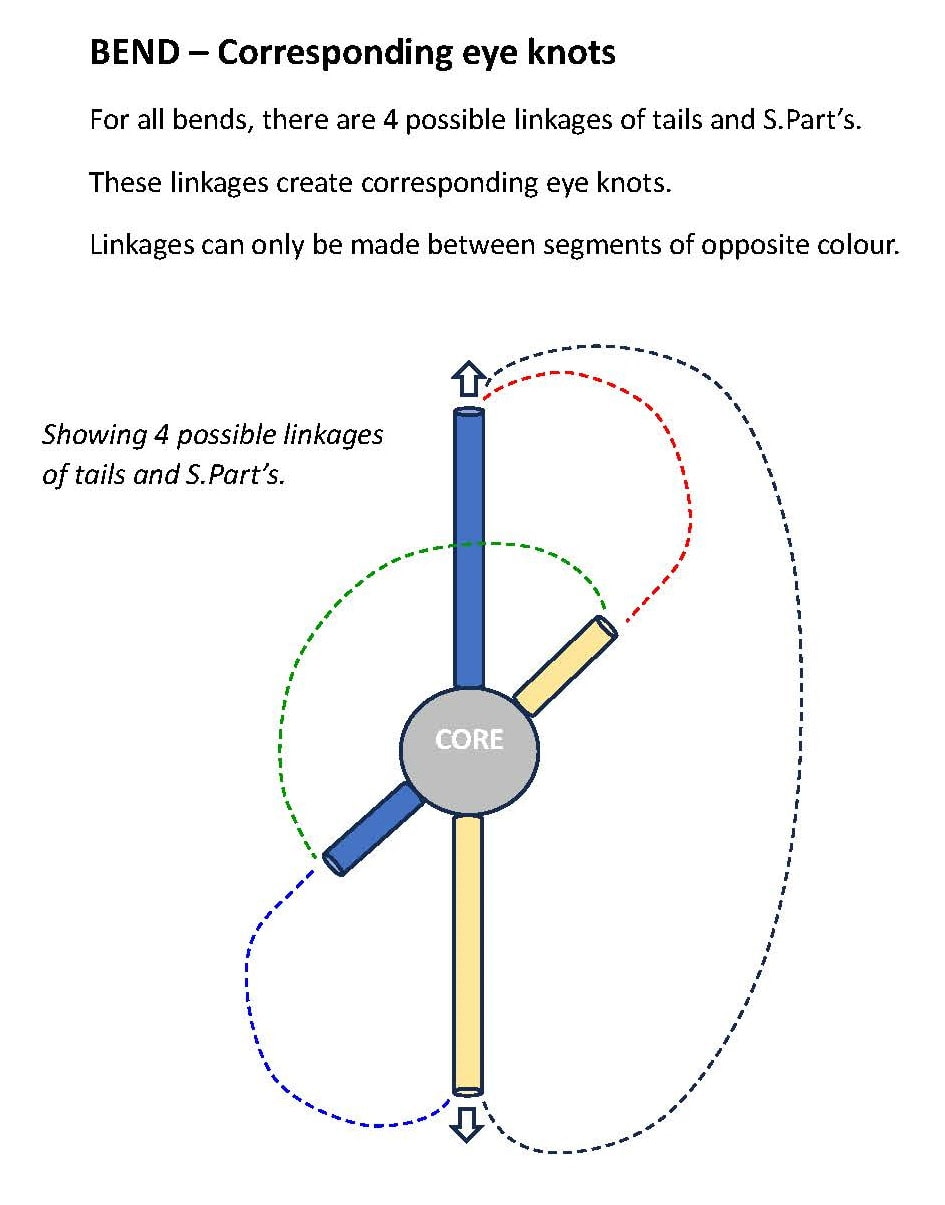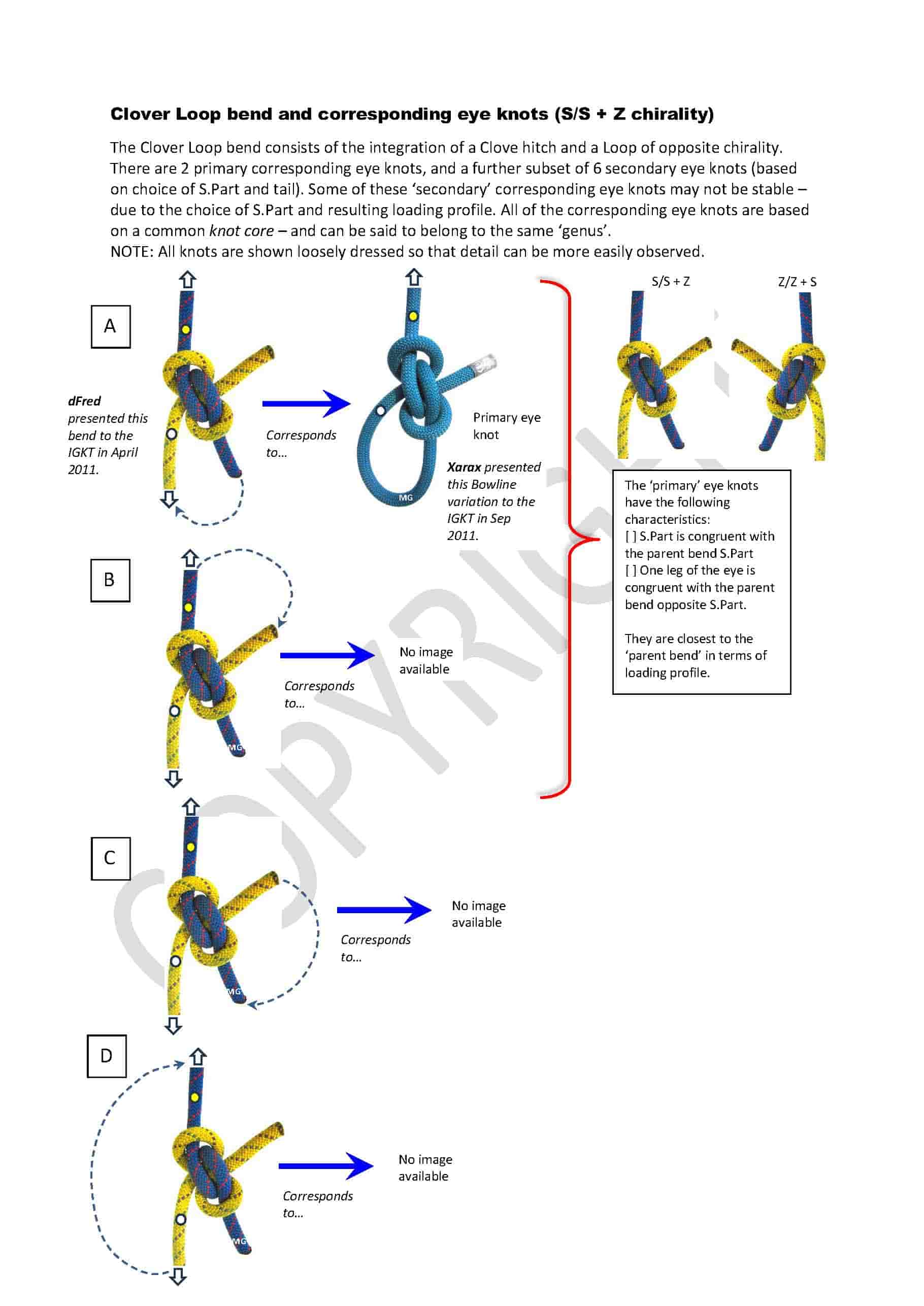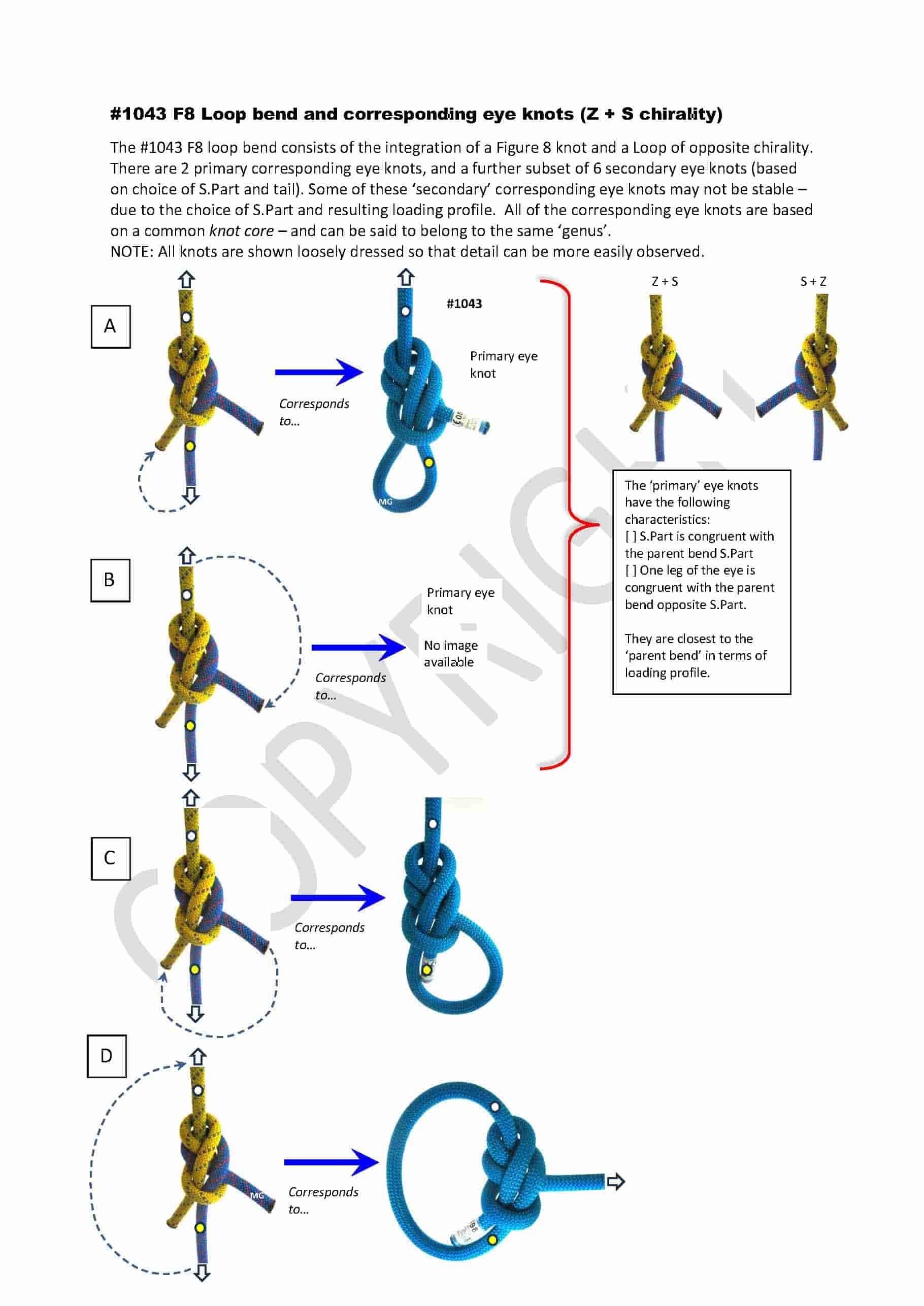Let’s see exactly what you find of generally incoherence?
My words are there in hard print for all to see, to refer to
exactly, not in general. Perhaps I might clarify something for you?
Your closing remark for instance:
You stand in want of [u]a definition that can be applied
by people[/u] to understand things; ...
Pretend that you're too busy to treat those threatened
further cases of joints begetting eye knots, and so you
solicit helpers :: now, how do you instruct those helpers
to examine the joints and show what you call "primary"
(& secondary) corresponding eye knots for the joint?
THIS instruction, the definitions that must guide any
to follow in your discriminations (at least, if they are
to be generally followed), is what you continue to lack.
yes the filling out of my EK possibilities which number 8
Hmmm, I see you have offered up a number!
8, it seems :)
(I also had previously pointed this number out - which was met with debridement -
but now is okay if you arrive at the same number?).
"debridement"??
The number is quite evident in the definition given
of a 2-Tangle, but that only. I have also noted that
there are other means of making what might be
called a "corresponding eye knot (to a joint)".
But, of a 2-Tangle, there are 8 EK loading profiles, by definition.
Now I could serve up the same sort of narrative back to you.
To para-phrase you: [i][b]!!??? Whosever ordained this limit?[/b][/i]
Can you prove that there is such a limit? ;)
But that is no limit, but mere fact of the 2-Tangle --four ends
to be an EK S.Part, and two loadings for each in this. (The
count of *knot*s as unique is another matter :: e.g., in the
[i]Carrick Bend's[/i] case, you showed yellow & blue S.Parts each
making the same knot --the obvious, traditional one.)
But YOU have not given any hint of a reasoning for your asserted
limit of four --nothing; and your sets show varied inclusions/exclusions,
some of which are clearly illogical (a yellow S.Part in, but the matching
blue S.Part case not, e.g.). Now, you seem to want to feel around
for behavioral niceness in order for you to award some EK “primary”
status; well, accepting that that’s one way to look at knots, it begs
the question of Why (only/as many as) four?! To which you’ve had
no response --coherent or other wise.
I won't go on here because it would serve no useful purpose.
[u]Other than to say that I still posit the following general principles:[/u]
1. For any given 'bend' - there will be [i]corresponding [/i]eye knots.
2. There will be 4 'primary' corresponding eye knots
and 4 'secondary' corresponding eye knots (a total of 8).
HERE YOU GO AGAIN :: WHY, OH WHY, ARE THERE >>4<<
"[i]Primary[/i]" EKs??
1) What makes an EK [i]primary [/i](for SOME e2e joint)??
3. This 'correspondence' is based on the fixed chirality
and geometry of the [i]parent bend[/i] (ie the 'chiral form') - a different bend means another set of [i]different [/i]eye knots.
What is THE chirality of an e2e joint in which one piece's
handedness is Z but the other's S?! (E.g., the shared-eye
joint known sometimes as Two BWLs, which give a sort
of "mirrored BWL" look courtesy of the two hands!?
In any case, I don’t see the relevance of this #3 criterion,
in that one has A specified joint --whatever it is, however
you name it-- and that is that from which corresponding
EKs are sought.
4. The [b]'primary' eye knots[/b] preserve the general loading profile and orientation [i]of the parent bend[/i],
and are the most stable forms - where possible to do so,
Here I see you as mixing guidelines/rules :: your initial "preserve ..."
suggests that one need examine each of the 8 logically possible
2-Tangle EKs (this particular treatment, not including other ways
of seeing "correspondence") for behavioral nicety. Ok, that might
be a way some want to go, especially from a pragmatic standpoint;
but then I don't see how the number four is reasoned --which smacks
of the sort of 2-Tangle figuring that I laid out, and not the process
of examination for behavior (or "whim", as I've remarked)!?
Perhaps I could understand four as a [u]limit[/u], but not as an
assured [i]There WILL Be These[/i] set, come hell or high water:
one gets such assurances by definitional implications, not whim.
5. The 'secondary' eye knots arise from the fact that for each corresponding eye knot,
there is a choice of 2 'S.Parts'.
NO :: for a (simple, 2-Tangle) joint there are four ends;
same for an EK. For each of the joint's ends when taken
to be an EK S.Part the Outgoing Eye Leg is fixed (it is the
other end of that piece giving the S.Part) can return as
the joint's yet-to-be-assigned loading-- S.Part or Tail.
For the common case of the Sheet Bend, the turNip
has the S.Part as one end and the other is the Outgoing
Eye Leg, which can take either the Sheet Bend's
other S.Part (=>#1010) or the Tail (=>#1034.5).
And so on.
But we aren't choosing such options from an EK.
[u]The source of irritation with Dan appears to be linked to:[/u]
1. What is the definition of a 'primary' corresponding eye knot?; and
2. What is the method be which an 'S.Part' and 'tail end' is chosen? (to distinguish it as being 'primary').
BINGO! And alllll of these many words later we remain wanting these!
3. The total number of possible corresponding eye knots - 8 - may be in dispute?
There is no dispute that if you take the joint as a 2-Tangle
then there are 8 per definition EKs (possibly with duplicates).
But there is another way to see “correspondence” of an EK
to a joint. I remarked about Ashley’s #1043/5 --and I should
add #1016 (or some version of…)-- being seen as corresponding
to the Sheet Bend; in a way, they do so in the spirit I take of your
looking for preserving loading profile and so on --which they do
by altering the reference joint from a 2-Tangle to a 3-Tangle
in which one piece forms the eye and presents thus its two
ends qua single end to fill the path of the joint. Having done
this, then look to how to fuse the single-S.Part’d piece’s
Tail into one of the twinned pieces’ Tails to restore a 2-Tangle.
4. The [i]gratuitous [/i]use of two different coloured ropes to depict a parent bend.
Entirely missing the complaint :: the use of colored ropes is GREAT,
but that aspect should NOT be [u]part of your definitions[/u]. (One might
print out such things in B&W and still there should be clarity and
the [i]rules of correspondence[/i] need no altering.)
It's a pity that the source of irritation and shouting can't be managed in a more civilised manner.
When you think about it, there are no power struggles here, or attempts to dominate, or to vanquish an opponent.
Its just an attempt to try to open some new lines of thinking - which may have been started way back with Harry Asher's book (1989?).
I'm sorry that you feel that way about strongly expressed arguments,
but my expression reflects my own struggles at coming to ways (even
one!) to better understand knotting,
and your continued failure to answer clear questions aggravates
that frustration.
As I said above, we want from you your rationales for the otherwise
seemingly arbitrary, even capricious assertions of how things are.
–dl*
